The renowned photographer Dennis Stock spoke with James Dean for five hours, getting to know his story, before making their iconic portraits. Alfred Eisenstaedt mostly relied on existing light when photographing people, finding too much gear often got in the way of a good picture. George Hurrell, who photographed Hollywood stars, was known to have jazz music playing in the background during shoots. Sometimes, he sang along just to amuse his sitters.
For many of history’s great photographers, people skills have been just as essential as technical know-how. Whether you’re talking for hours or keeping your set light and casual, knowing how to work with models and put people at ease remains a defining trait for today’s best artists. Incorporate these tips on your next shoot for more relaxed models; casual, natural poses; and timeless, candid photography.
Tip #1: Stay relaxed
The first step toward building confidence in the people you photograph is nurturing that confidence in yourself, so find ways to settle your nerves before every shoot. It could be going through your checklist the night before and re-checking your gear, or it could be as simple as having a cup of tea and listening to music.
In that spirit, only use gear you know how to use well, as fiddling with your equipment is an easy way to make your models feel awkward. If you’re trying something new, give yourself time to practice and master it. The better you prepare, the more confident you’ll be, and your team will pick up on that. Also, confidence is a muscle that needs to be exercised, so challenge yourself to shoot as often as possible.
Tip #2: Share a bit about yourself
In our article on building trust in portrait photography, we underscored the importance of asking questions and getting to know who your models are. But photography is a give and take, so it’s also worth sharing something about yourself. Consider telling them why you became a photographer and what you love most about your work; by getting vulnerable yourself, you’ll encourage others to open up.
Remember to sit back and listen, too; everyone has an interesting story if you’re willing to hear it. This “getting to know you” process can start before the shoot, with an informal meeting or phone call. Be authentic, and stay true to yourself.
Tip #3: Show examples
Sharing your portfolio with your models serves a few purposes. First, it gives them an idea of your style and gets them thinking about poses and ideas to use during their own session. Second, it establishes trust, giving them the confidence that you know what you’re doing. Another thing to consider is showing your models the photographs during the shoot itself; show them what they’re doing well, and encourage them to keep it up. While fake compliments are easy to spot, a genuine one can go a long way.
Tip #4: Share some prompts
Providing creative direction and guidance can be especially important when working with people who are not professional models, so feel free to share some “posing tips” they can use in front of the camera. It could be a simple, comfortable pose or even an easy exercise or game (e.g., “run up and hug your dad,” “whisper a secret in mom’s ear,” “shake it out,” or “move with the music”).
Showing is often more effective than telling, so remember that you can always demonstrate yourself. With that in mind, try not to take yourself too seriously; it’s okay to get a little silly.
Tip #5: Have a plan
Just as it helps to come prepared with tips and prompts, a loose plan can provide structure to your shoot. Ideally, you create this plan prior to the session, with your models’ input and feedback. The plan can include locations, wardrobe details, prop ideas, and activities, but whatever it is, set clear expectations. People tend to feel most comfortable when they know what to expect.
Tip #6: Give them space
Give your models plenty of space to move around, and encourage them to take up that space, whether that means jumping, reaching or stretching, or twirling. While prompts are helpful, it’s important to keep them loose rather than overly prescriptive. Introducing some movement is a great way to break up those static poses, so make sure your studio or location has enough room for your sitters to truly express themselves. With kids, in particular, motion is key, as they tend to get restless if they’re standing still for too long.
Tip #:7 Choose your location wisely
If you’re not shooting in the studio, another option would be to choose a place where your subjects are at ease, like their home or a local hangout. The more relaxed they are in the space, the more natural your photos will be. If you’re shooting outdoors, make sure the session is scheduled for a time when the weather’s nice so that everyone’s comfortable.
Your photos don’t have to be fully “candid” to feel natural, so consider directing your models toward a patch of beautiful light. An overlooked and underrated tip? Remind your models to breathe; when we let out a deep breath, we tend to relax our faces, leading to more authentic expressions.
Tip #8: Remove the pressure
In that same vein, make it clear to your sitters that you want to capture them as they are, without any expectations of the “perfect” pose, moment, or expression. It can help to start with some “practice shots” just to ease into the shoot. The process should be fun and stress-free, for both the models and the photographer.
If something isn’t working, don’t sweat it; just move on to something else. Stay engaged and upbeat, and try not to become too attached to one specific idea or shot if it isn’t the right time. Take a break, or have your subjects come up with their own ideas. Then get back into the flow of things with renewed energy and a fresh point of view.
Tip #9: Follow their lead
Every group or model will be different from the last, so remember to tailor your energy to the people you’re photographing. Some people will be naturally comfortable in front of the camera, while others will be more reserved and might need more encouragement and direction. Keep an open mind, and meet your models where they are. Adjusting your approach to match their needs and personality will form the foundation of a stronger rapport.
Not on 500px yet? Sign up here to explore more impactful photography.

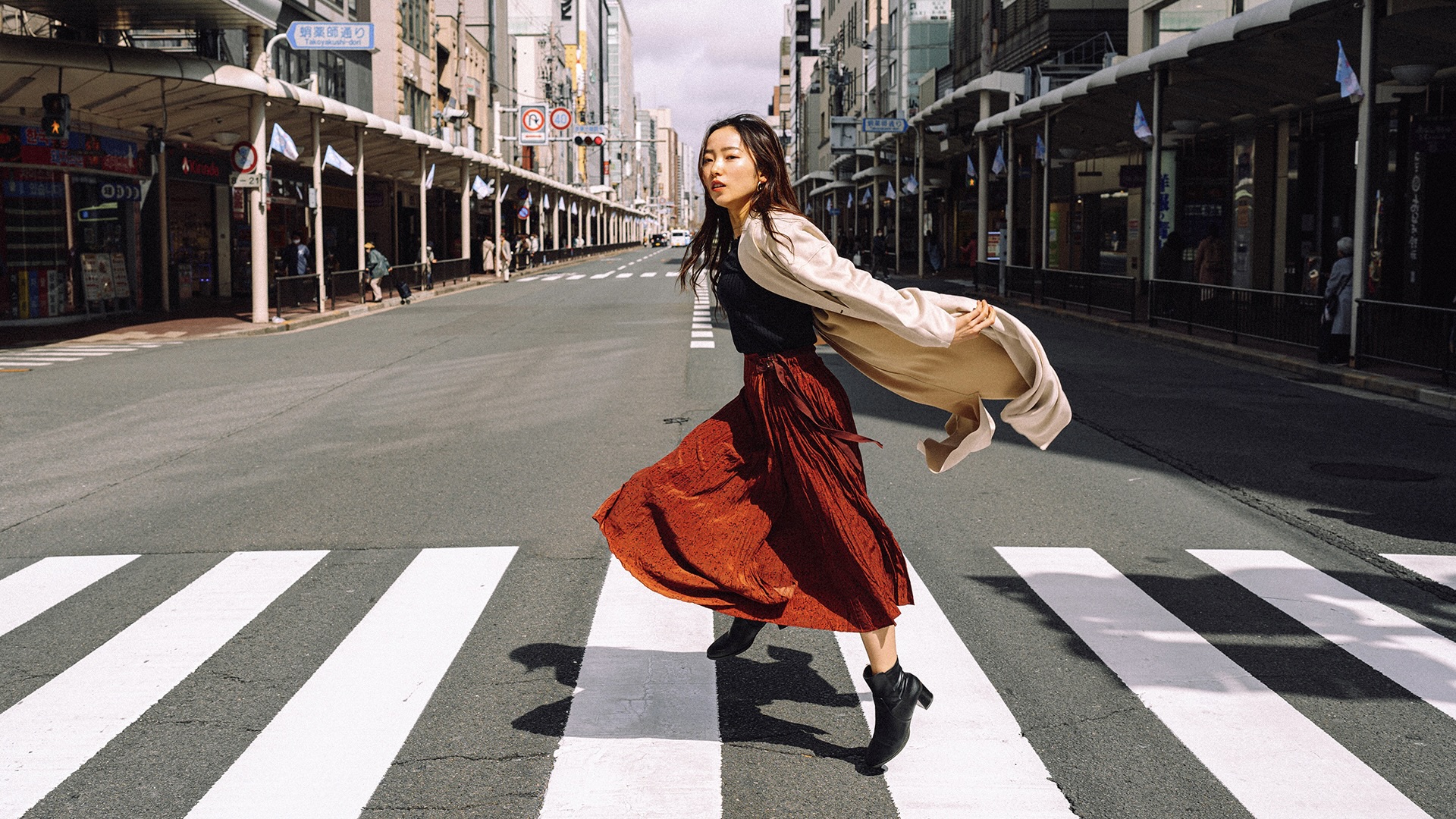
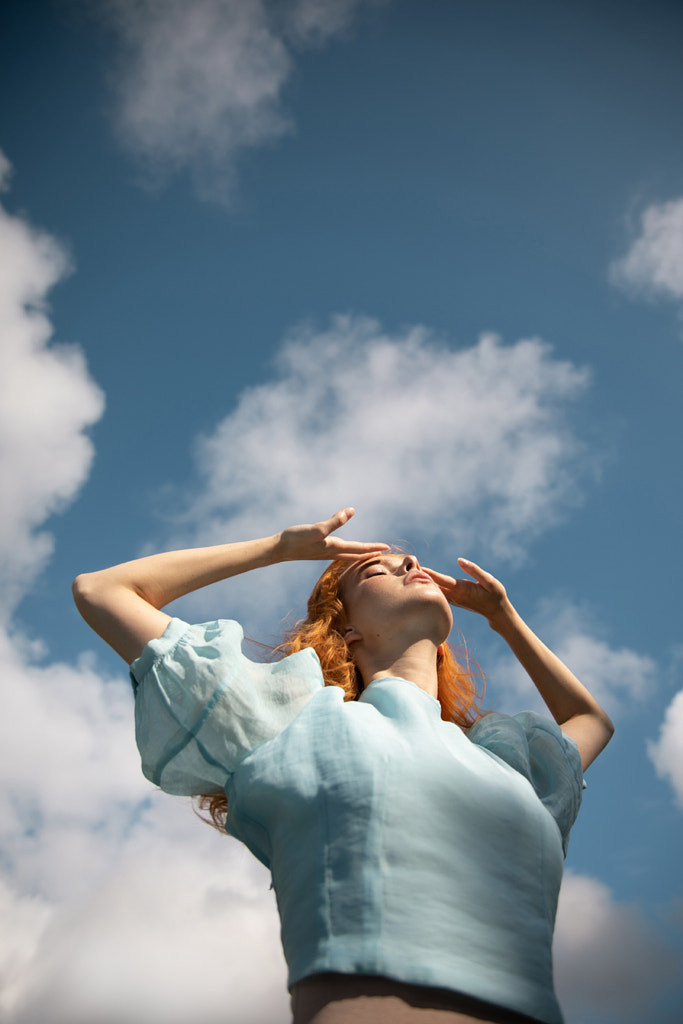
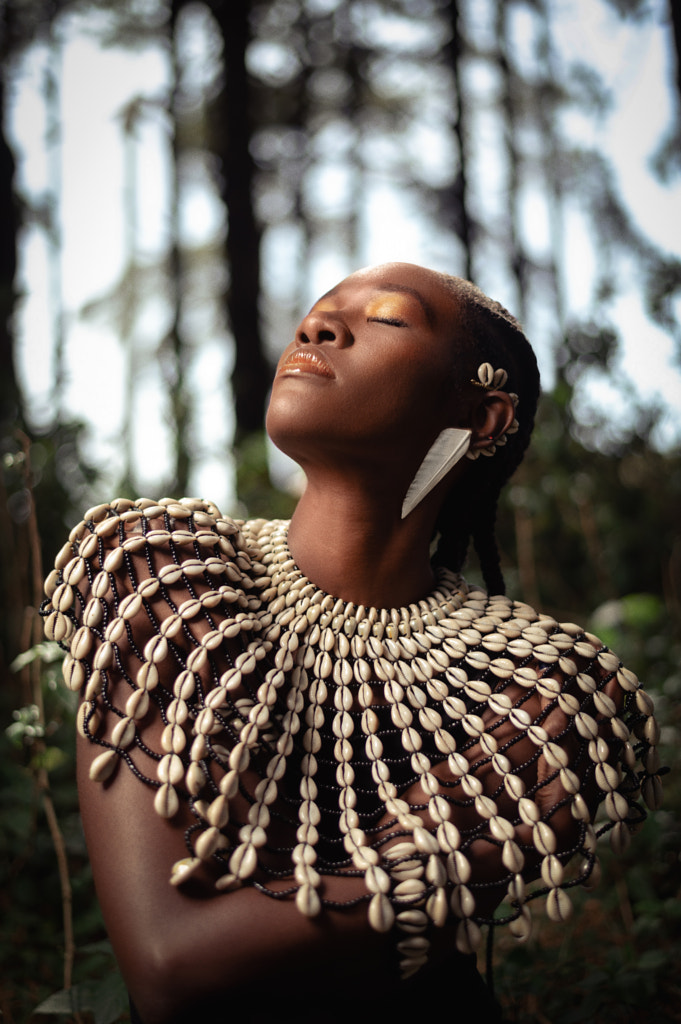
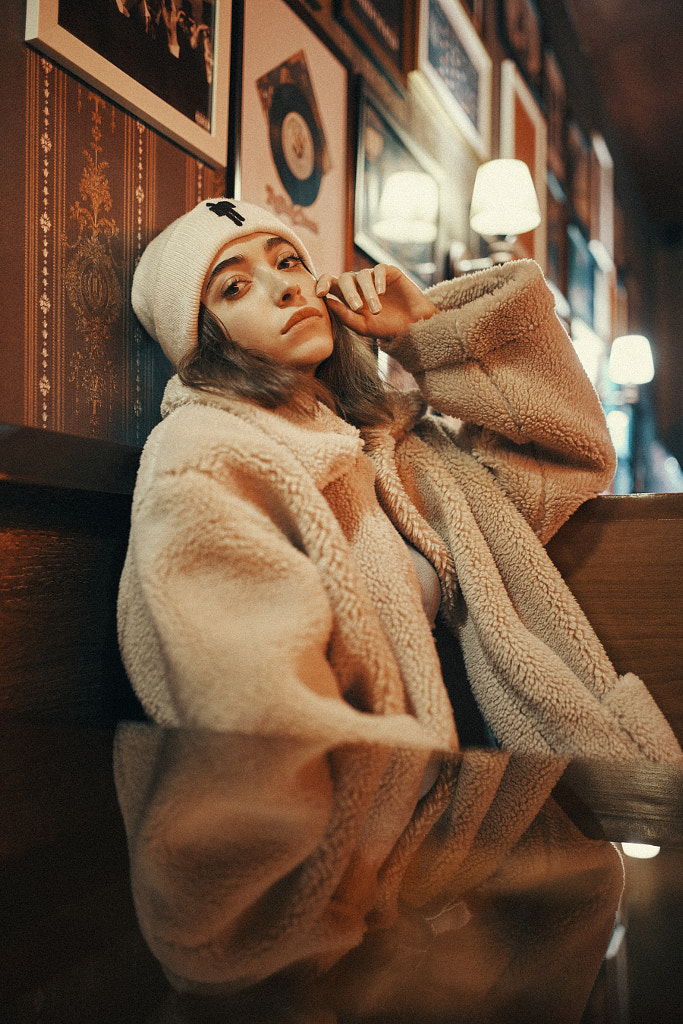
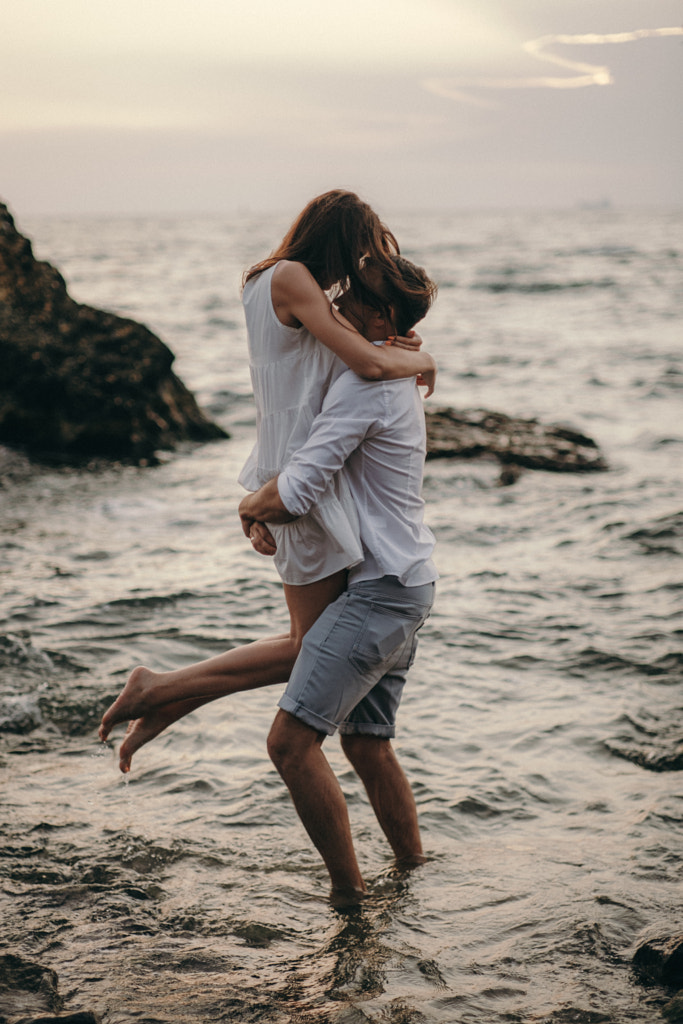
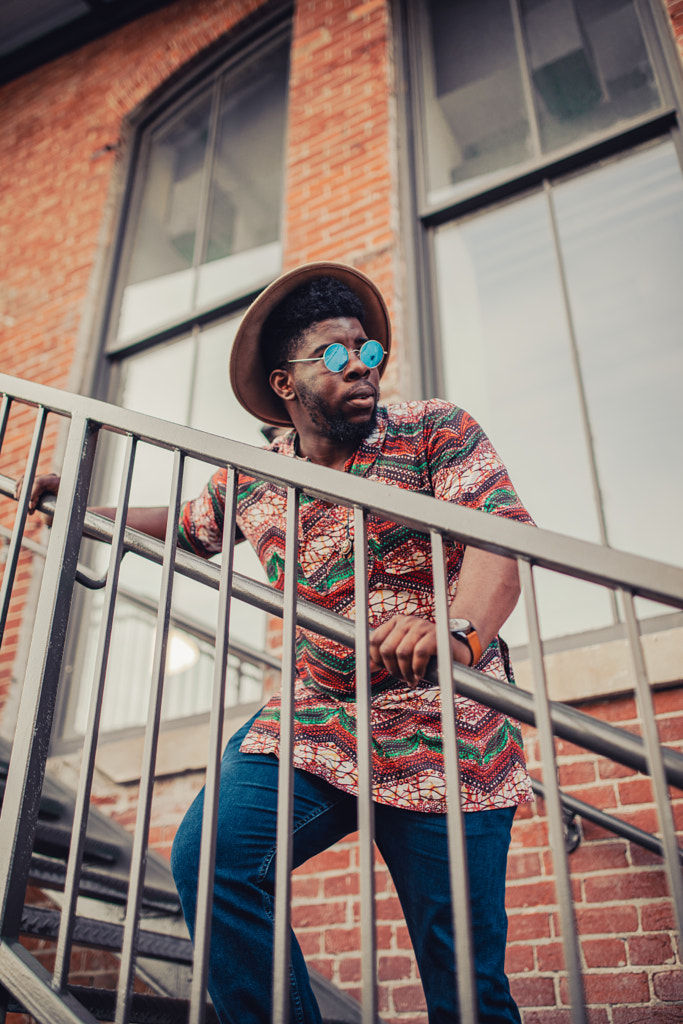
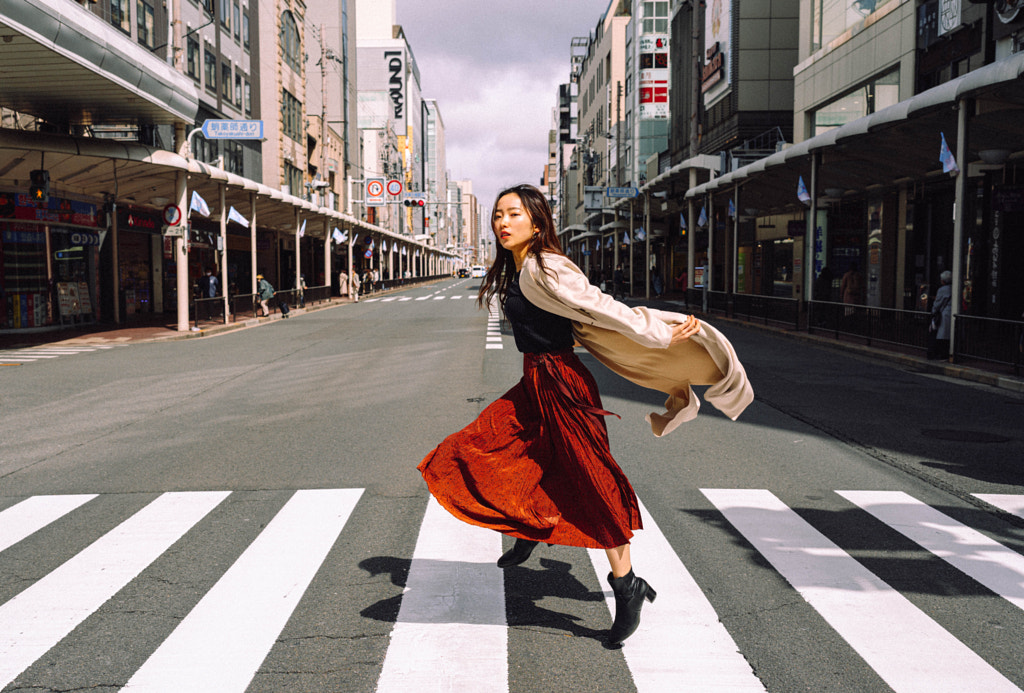

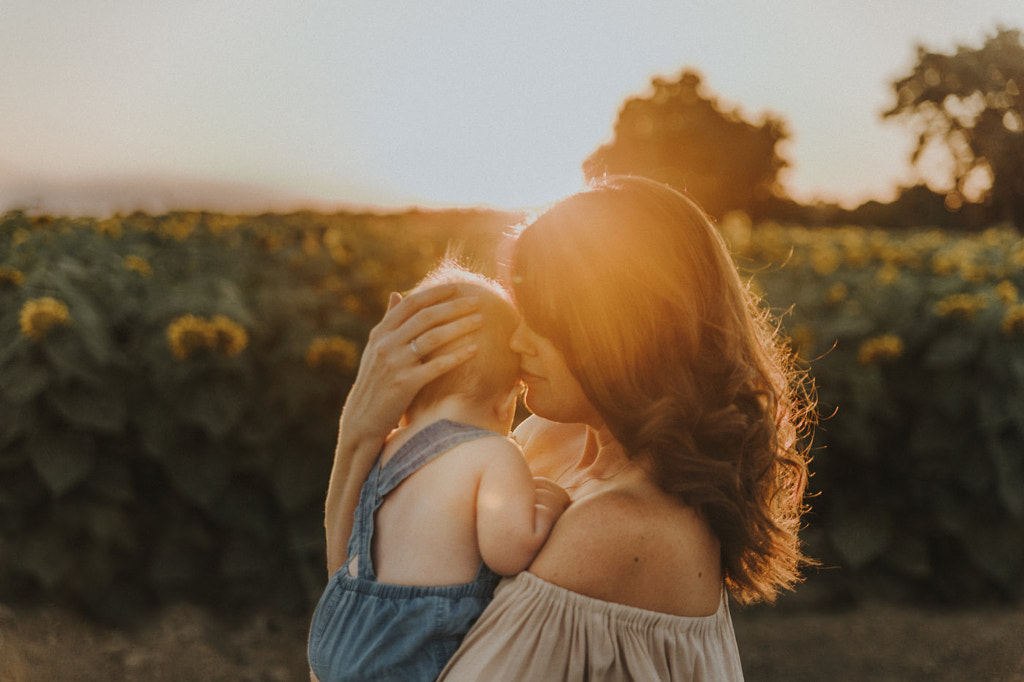
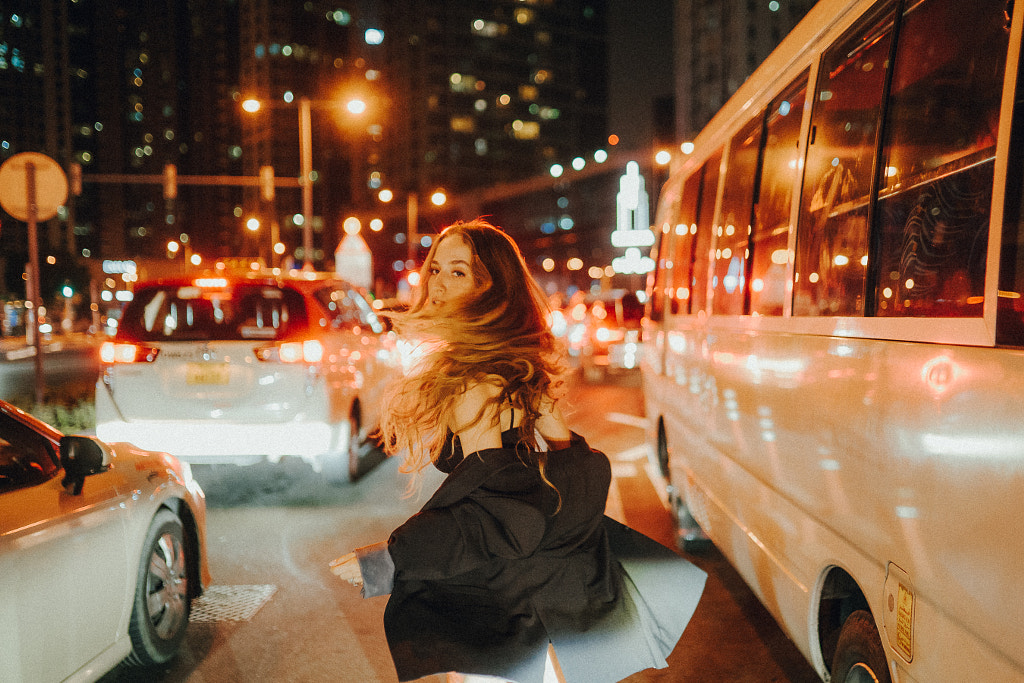
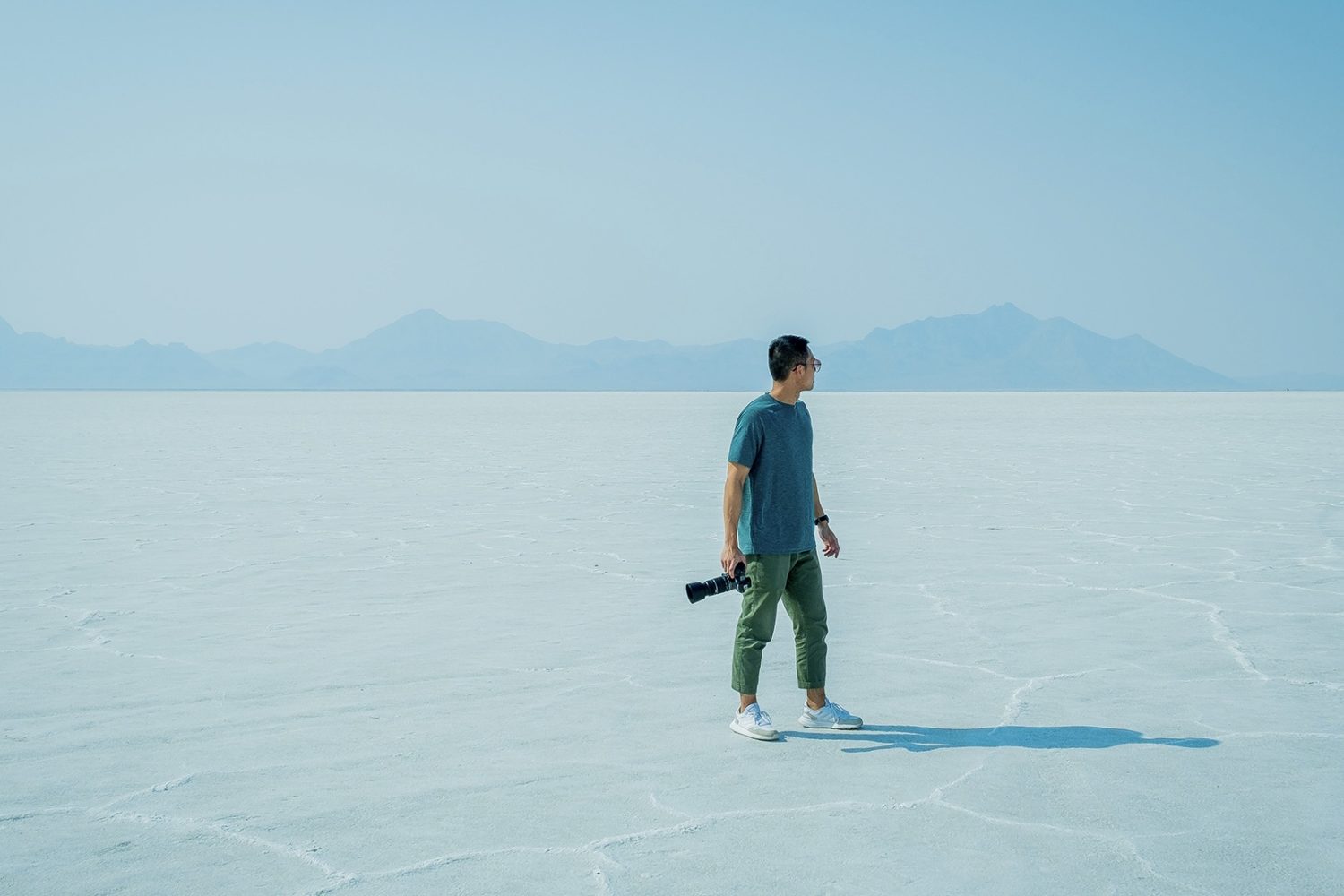
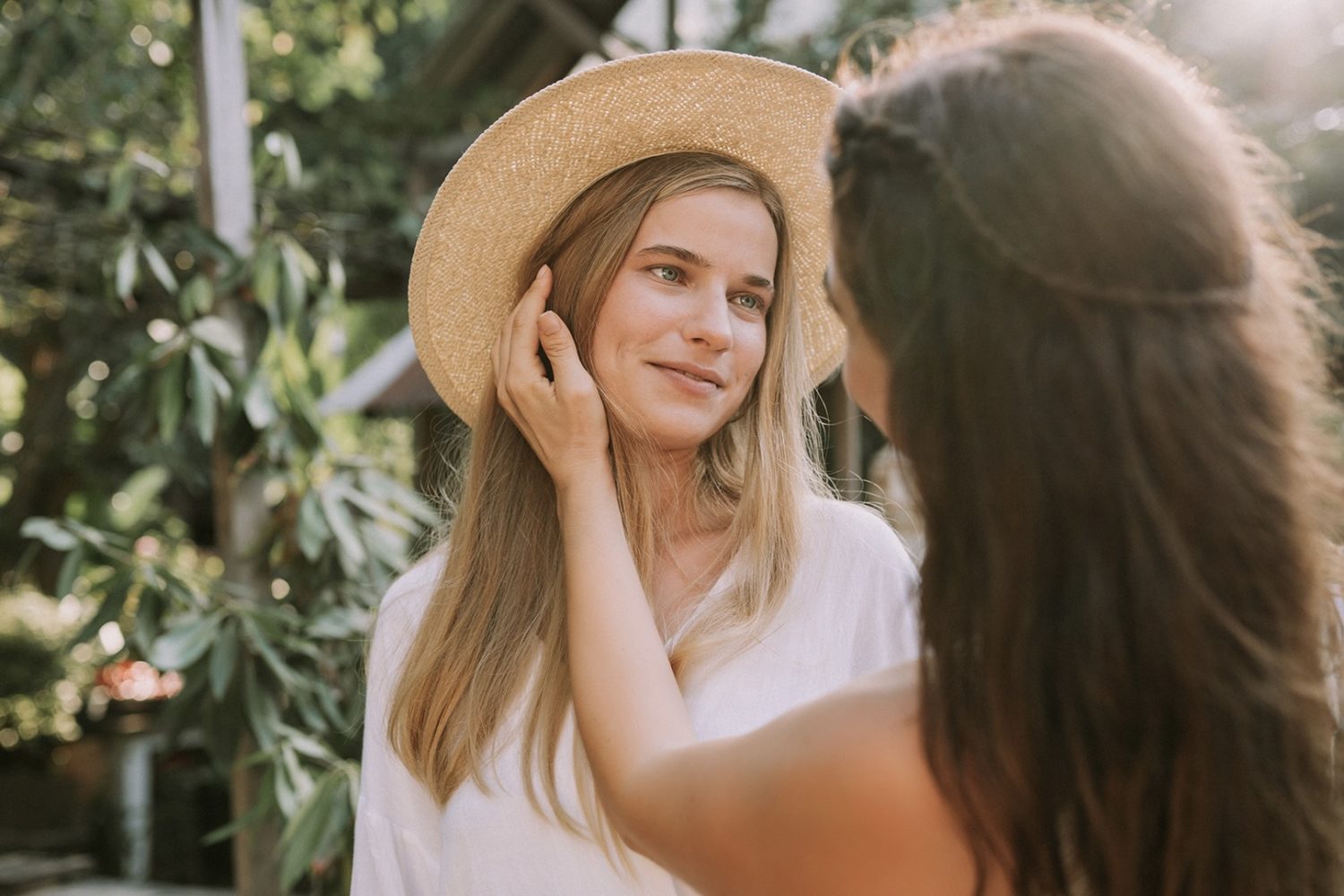

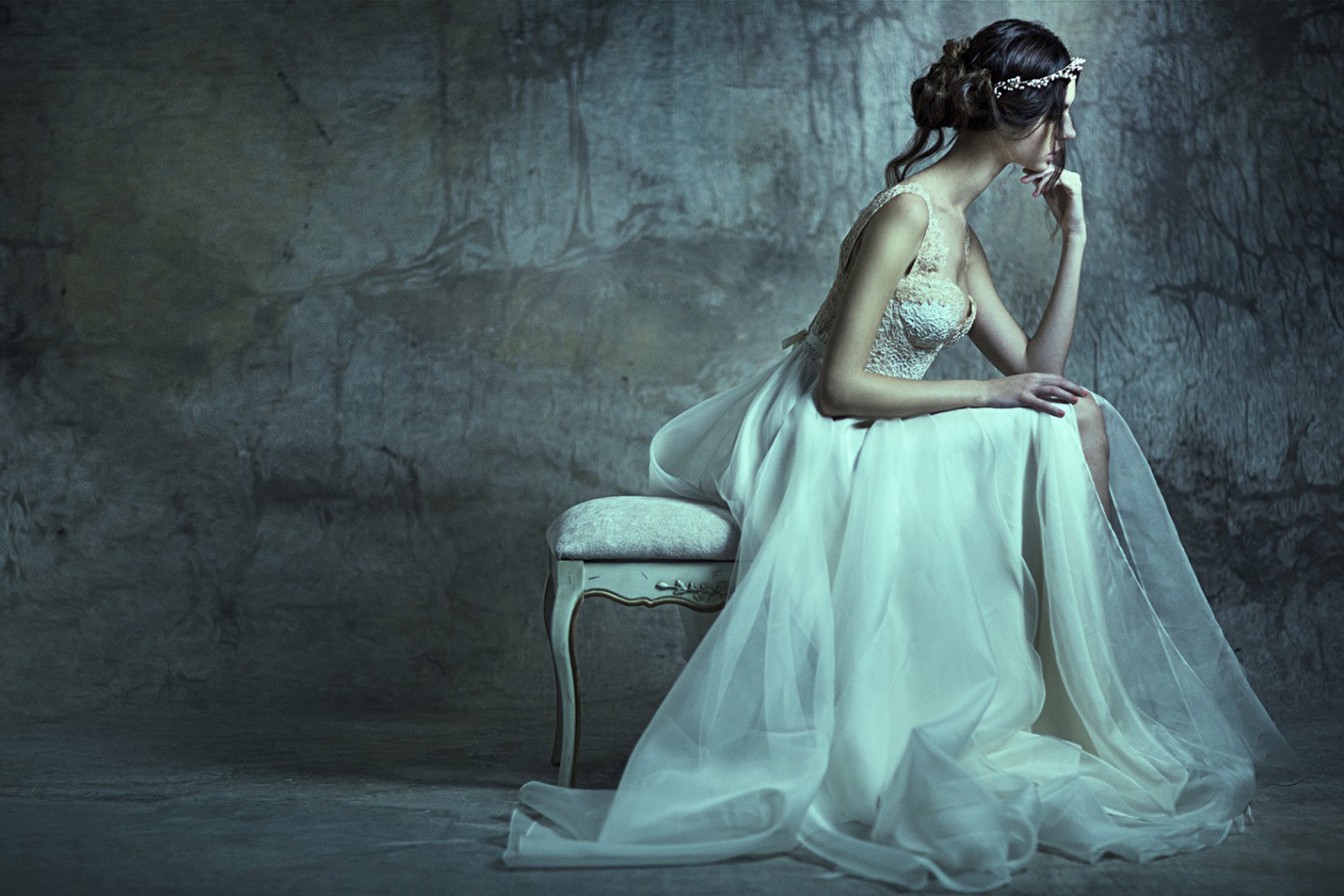
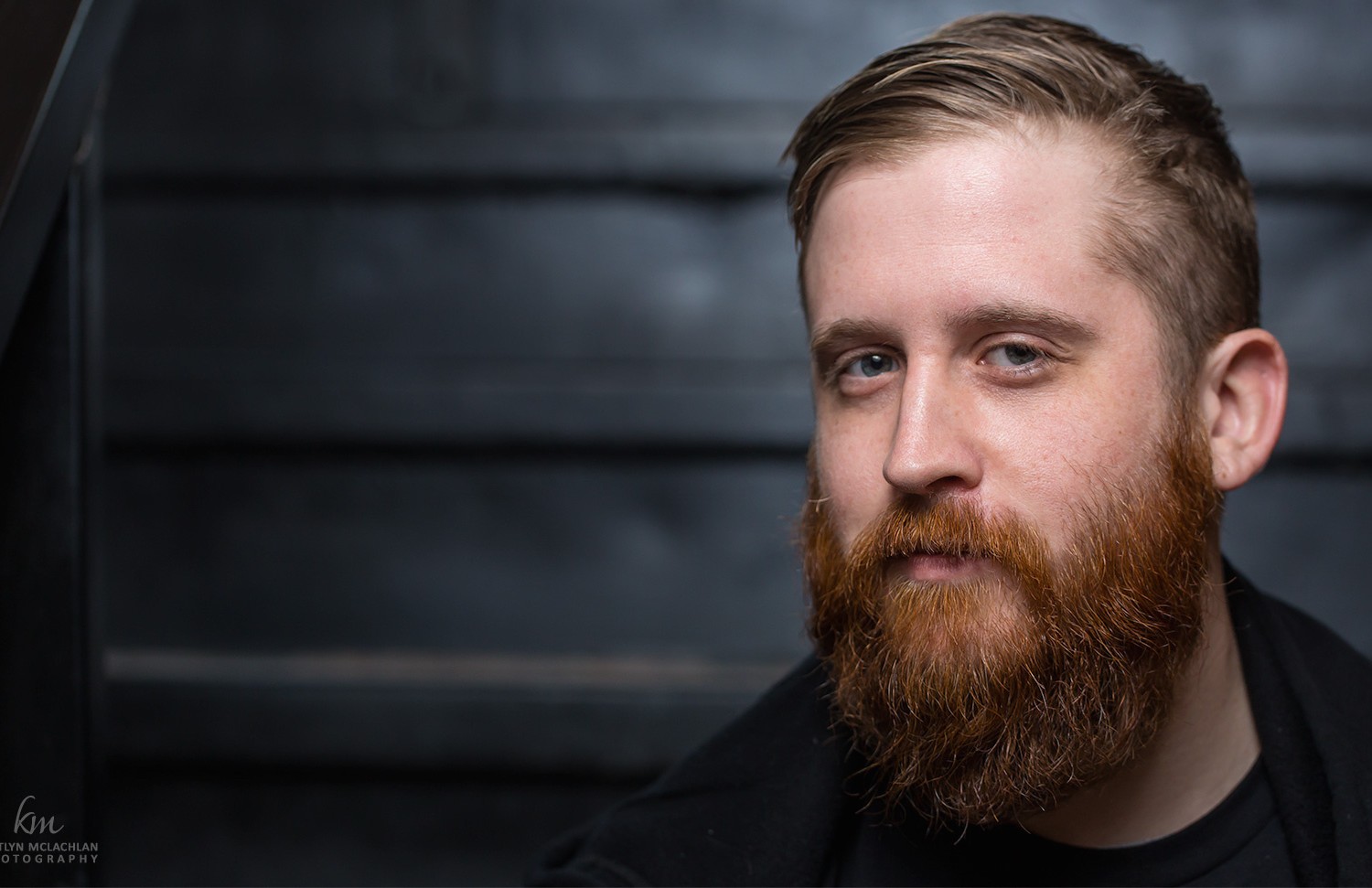
Leave a reply